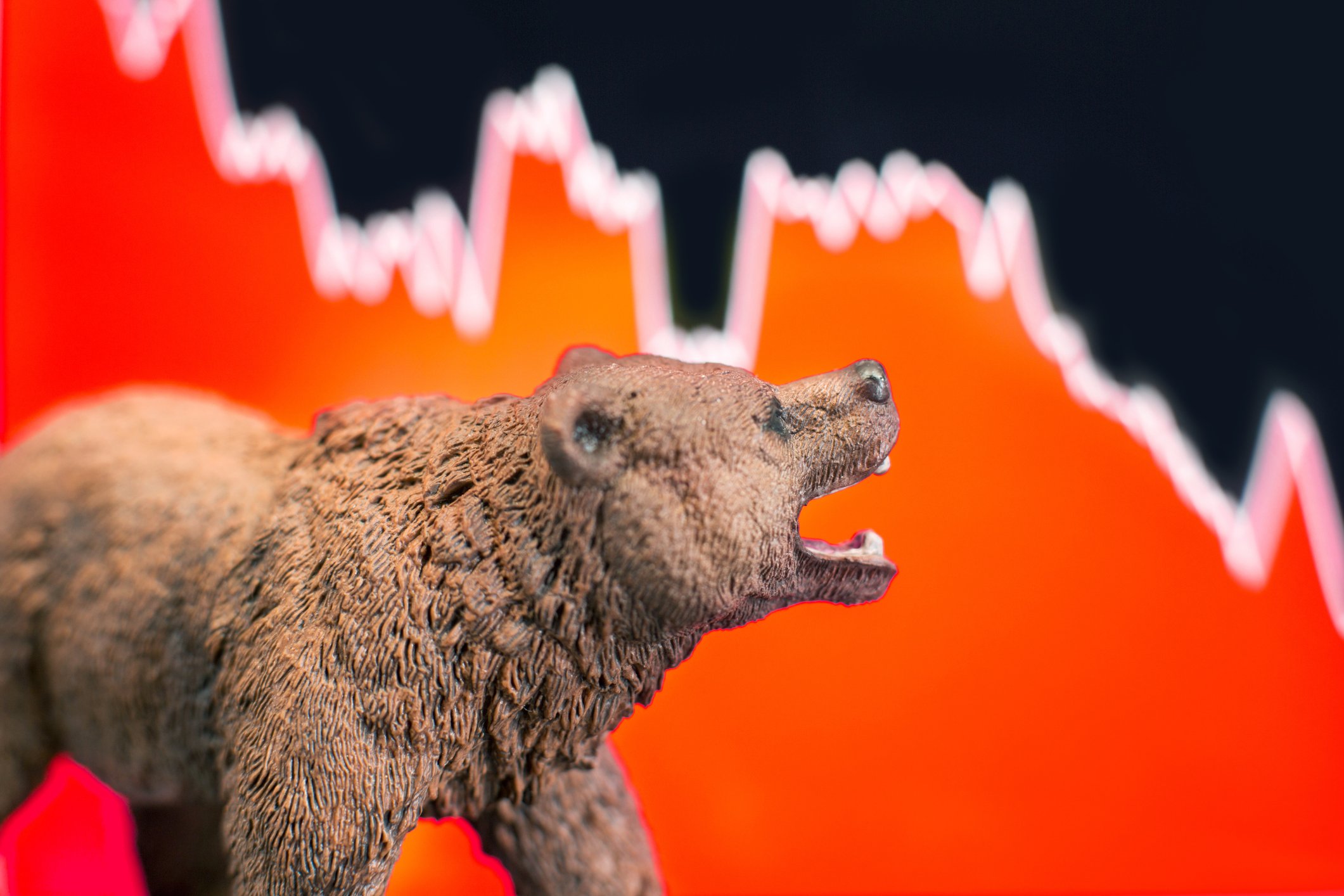The StressTest column appears every Thursday on Fool.com. Check back weekly, and follow @TMFStressTest.
If you want to figure out how to build riches, one smart approach is to study those that have done it before you. And while Andrew Carnegie was many things, a very wealthy man was certainly one of them.
Because of the philanthropy and peace efforts of his later years -- when he liked to say things like, "the secret of happiness is renunciation" -- it may be easy to overlook the ruthlessness of his early years as he built that wealth.
In the coverage of Carnegie's prime wealth-building years in David Nasaw's biography of him, there was one thing in particular that jumped out at me as missing. Specifically, I never heard Carnegie saying anything resembling:

In fact, it was very much the opposite. Carnegie loved collecting dividends, but in his formative years, he reinvested those dividends practically as fast as he could cash them.
Carnegie himself is known for admitting that he "was apparently something of a daredevil now and then to the manufacturing fathers of Pittsburgh."
The tycoon is likewise known for saying:

They're interesting thoughts to consider as we head into 2014 after a near-30% gain in the S&P 500 (^GSPC 0.37%) for past year.
Obviously these two ideas -- putting your money to work as opposed to leaving it on the sidelines and concentrating your investing -- aren't going to be right for everyone all the time. But at the moment, we're being flooded with commentary that would seemingly prefer that if you put your money in any basket, it would be one secured with a padlock and stashed under your bed.
These headlines from the past few weeks clearly tell that story:
-
"Are We In a Stock Bubble?" (Bloomberg)
-
"Best stock market since '90s. Is it a 'bubble'?" (Christian Science Monitor)
-
"Here's Why The Stock Market Bubble Deniers Are Completely Wrong" (Forbes)
In the face of that, why should you bother investing today?
For one, investing is about the long term.
Over the past 10 years, we saw one of the worst financial crises since the Great Depression, and yet the S&P 500 doubled. Go back 20 years, and we have a period that included the financial crisis and the bust of the dot-com bubble -- which was a real stock bubble -- and yet the S&P has more than quadrupled over that time frame.
Carnegie built his massive wealth on the growth and transformation of the country. The growth and transformation looks different today, but it's still taking place, and still creating wealth for those who are participating.
Plus, here's what your money looks like on the sidelines:

Source: Bureau of Labor Statistics.
That's right, while the S&P was busy quadrupling over the past two decades, a dollar sitting on the sidelines ended up worth just north of $0.60.
Being fully invested and concentrating on your investments -- which I'd argue could mean concentrating them in a low-cost index fund -- are two thoughts that many people associate with high risk. If we look back at the data over the past 20 years, though, it would seem that the real risk was in doing exactly the opposite.






